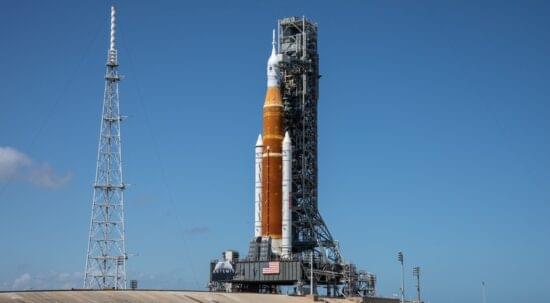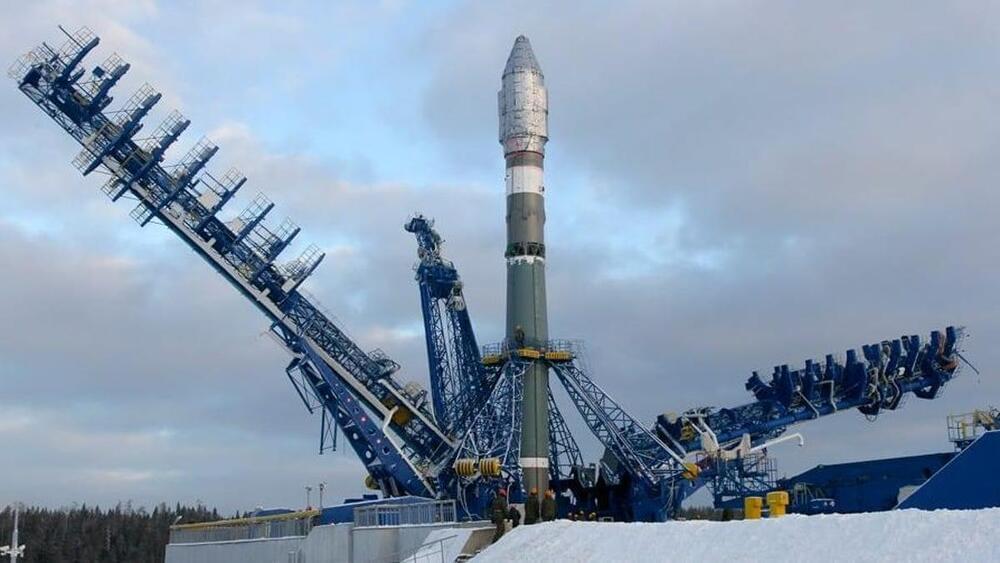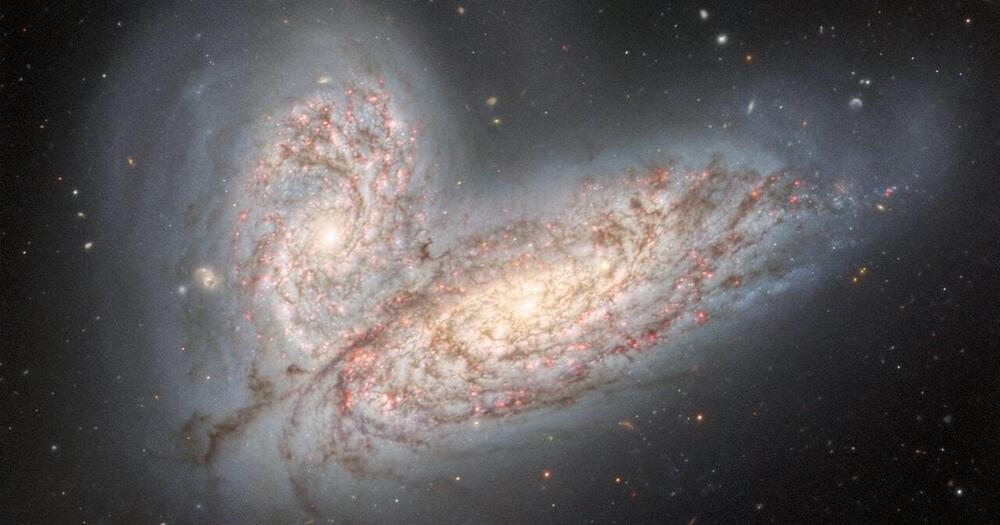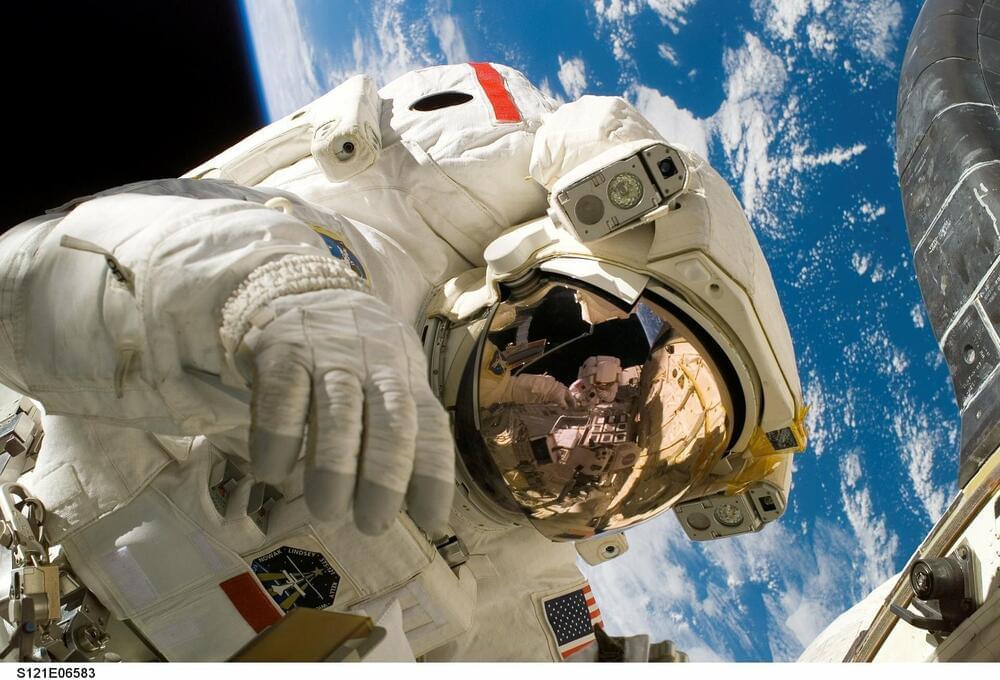NASA about to compound its SLS mistake with EPOC Artemis service contract.
The Agency plans to sole-source a service contract for up to 16 flights in the Artemis program. And Boeing is there for the handout.

It will be able to deliver images sharp enough to see the torch engraved on a dime from nearly 160 kilometers away.
The Giant Magellan Telescope, the most powerful telescope ever engineered, has secured a new $205M funding infusion that will be used to accelerate its construction. When finished, it will be four times more powerful than the James Webb Space Telescope.
According to the Giant Magellan Telescope Organization (GMTO), the investment is one of the largest funding rounds for the telescope since its founding and will be used to manufacture the giant 12-story telescope structure that will be housed at the Las Campanas Observatory in Chile’s Atacama Desert.

US shocked: china tests MOST DANGEROUS military weapon.
China’s FOBS can go around the planet at hypersonic speeds to wipe out entire cities — and the United States is very worried. FOBS stands for Fractional Orbital Bombardment System — a weapon that goes into orbit and deorbits at the right time to deal maximum damage to targets, making even the most advanced missile-defense systems almost useless. This is no casual, baseless project. The US Military has reason to believe the FOBS was designed to be used against them and they’re not about to be silent about it. In this video, we shed light on this punch-for-punch dangerous arms race going on between two of the world’s most powerful nations.
🔵———THUMBNAIL — JUST ILLUSTRATION——–🔵
💙 Subscribe to get the latest updates:
For More Videos :
1 — Japanese Reborn YF-23 Will Make China and Russia Panic.
2 — US Shocked: China Tests MOST DANGEROUS Military Weapon.
https://youtu.be/eGiYNExDk3s.
3 — NASA Builds Impossible Light Speed Engine To Break Laws Of Physics.
https://youtu.be/fFex12IJGbk.
©️ COPYRIGHT / LICENSING


The biggest Internet service providers and their trade groups spent $234.7 million on lobbying and political donations during the most recent two-year congressional cycle, according to a report released yesterday. The ISPs and their trade groups lobbied against strict net neutrality rules and on various other telecom and broadband regulatory legislation, said the report written by advocacy group Common Cause.
Of the $234.7 million spent in 2019 and 2020, political contributions and expenditures accounted for $45.6 million. The rest of it went to lobbying expenditures.
Comcast led the way with $43 million in lobbying and political contributions and expenditures combined during the 2019–2020 cycle, the report said. The highest-spending ISPs after Comcast were AT&T with $36.4 million, Verizon with $24.8 million, Charter with $24.4 million, and T-Mobile with $21.5 million. “The dollar amounts are shocking,” the report said. “In total, these corporations spent more than $234 million on lobbying and federal elections during the 116th Congress—an average of more than $320,000 a day, seven days a week!”
…and yes SpaceX/Starlink is on the list just about Everyone is.
My Favorite site for transparency, however is opensecrets.
FCC lobbying https://www.opensecrets.org/federal-lobbying/agencies/summary?id=053
The latest image from the ESO’s Very Large Telescope reveals a distant galaxy that is full of freshly created and highly energetic stars.
ESO has just released a new image of a distant galaxy full of baby stars.
The image is, frankly, breathtaking.
They have to glean more information on how stars actually form.
In a new image released by the European Southern Observatory (ESO), an extraordinarily high rate of star formation has been caught on camera by the Very Large Telescope. The baby stars, according to the ESO, are produced by dazzling, golden swirling clouds of gas, which are all shown in the stunning new image.
Full Story:
Circa 2010 face_with_colon_three
http://www.ted.com Stephen Wolfram, creator of Mathematica, talks about his quest to make all knowledge computational — able to be searched, processed and manipulated. His new search engine, Wolfram Alpha, has no lesser goal than to model and explain the physics underlying the universe.
TEDTalks is a daily video podcast of the best talks and performances from the TED Conference, where the world’s leading thinkers and doers give the talk of their lives in 18 minutes. Featured speakers have included Al Gore on climate change, Philippe Starck on design, Jill Bolte Taylor on observing her own stroke, Nicholas Negroponte on One Laptop per Child, Jane Goodall on chimpanzees, Bill Gates on malaria and mosquitoes, Pattie Maes on the “Sixth Sense” wearable tech, and “Lost” producer JJ Abrams on the allure of mystery. TED stands for Technology, Entertainment, Design, and TEDTalks cover these topics as well as science, business, development and the arts. Closed captions and translated subtitles in a variety of languages are now available on TED.com, at http://www.ted.com/translate. Watch a highlight reel of the Top 10 TEDTalks at http://www.ted.com/index.php/talks/top10

A potentially better way to make oxygen for astronauts in space using magnetism has been proposed by an international team of scientists, including a University of Warwick chemist.
The conclusion is from new research on magnetic phase separation in microgravity published in npj Microgravity by researchers from the University of Warwick in the United Kingdom, University of Colorado Boulder and Freie Universität Berlin in Germany.
Keeping astronauts breathing aboard the International Space Station and other space vehicles is a complicated and costly process. As humans plan future missions to the Moon or Mars better technology will be needed.